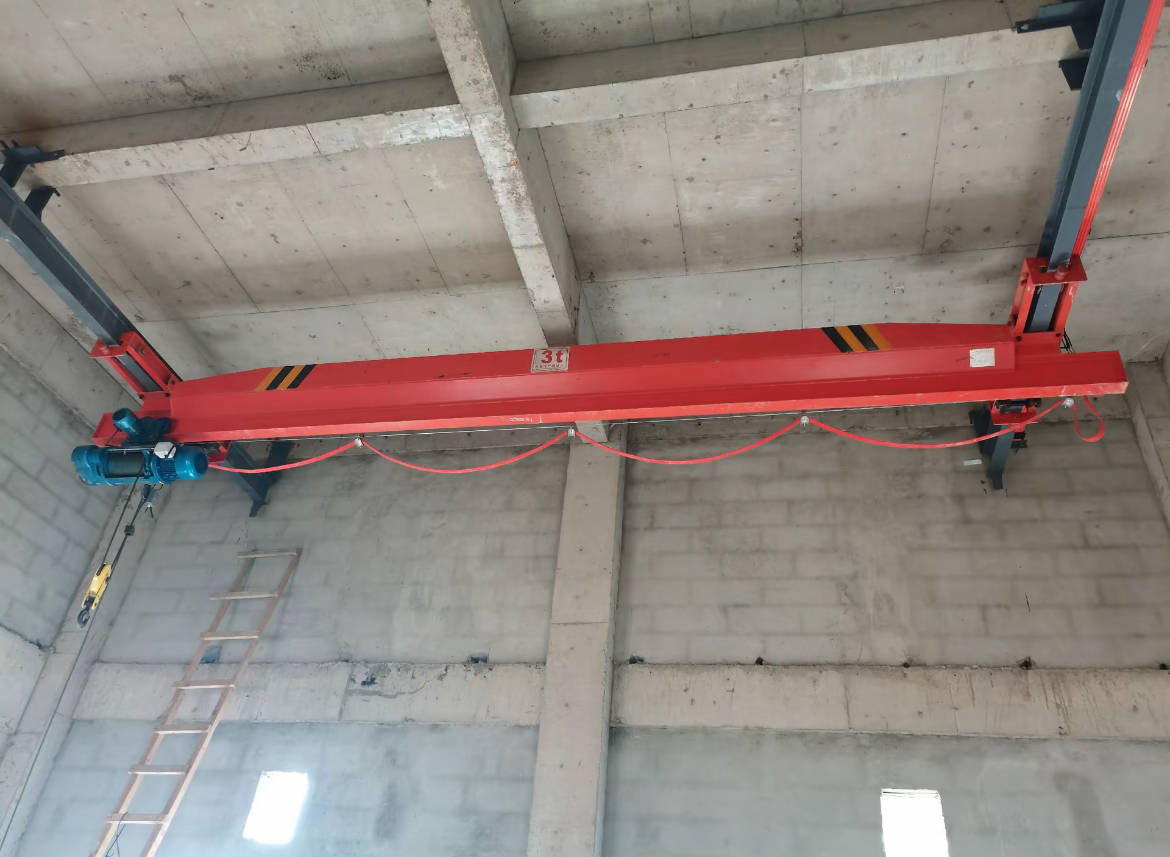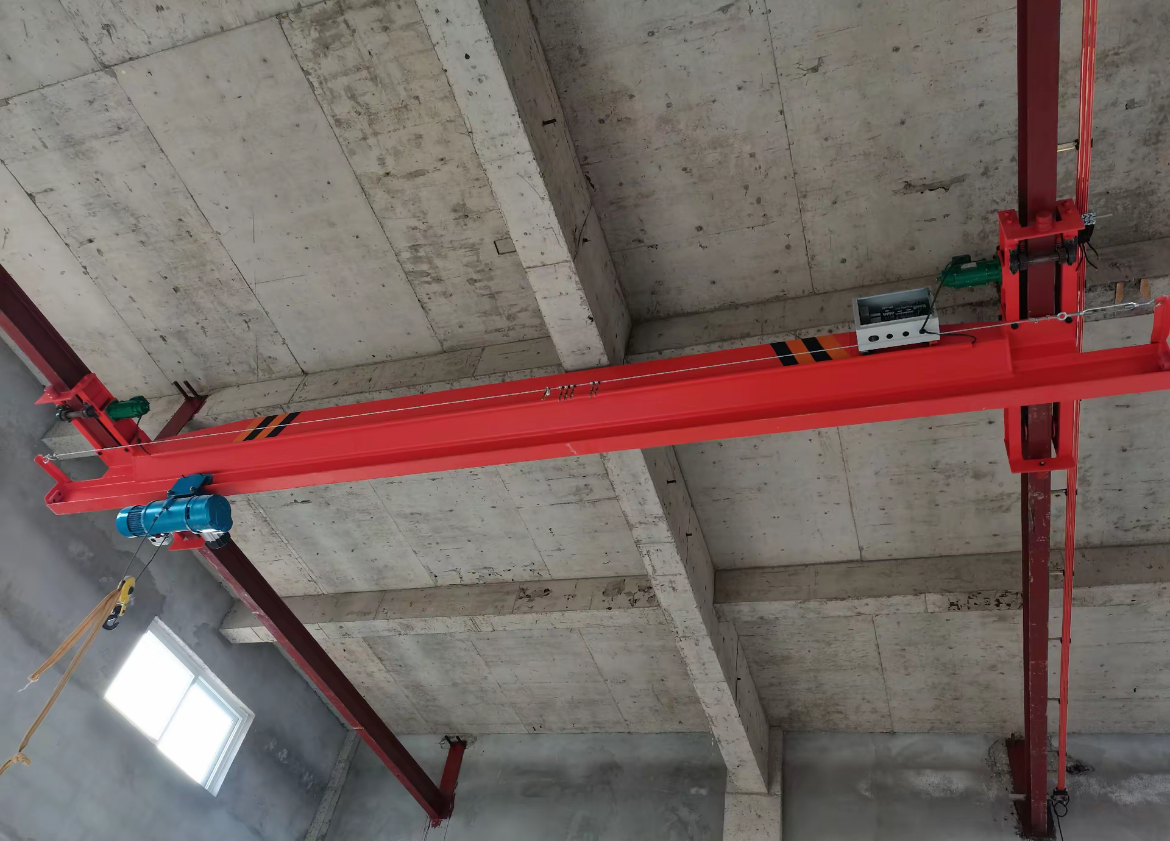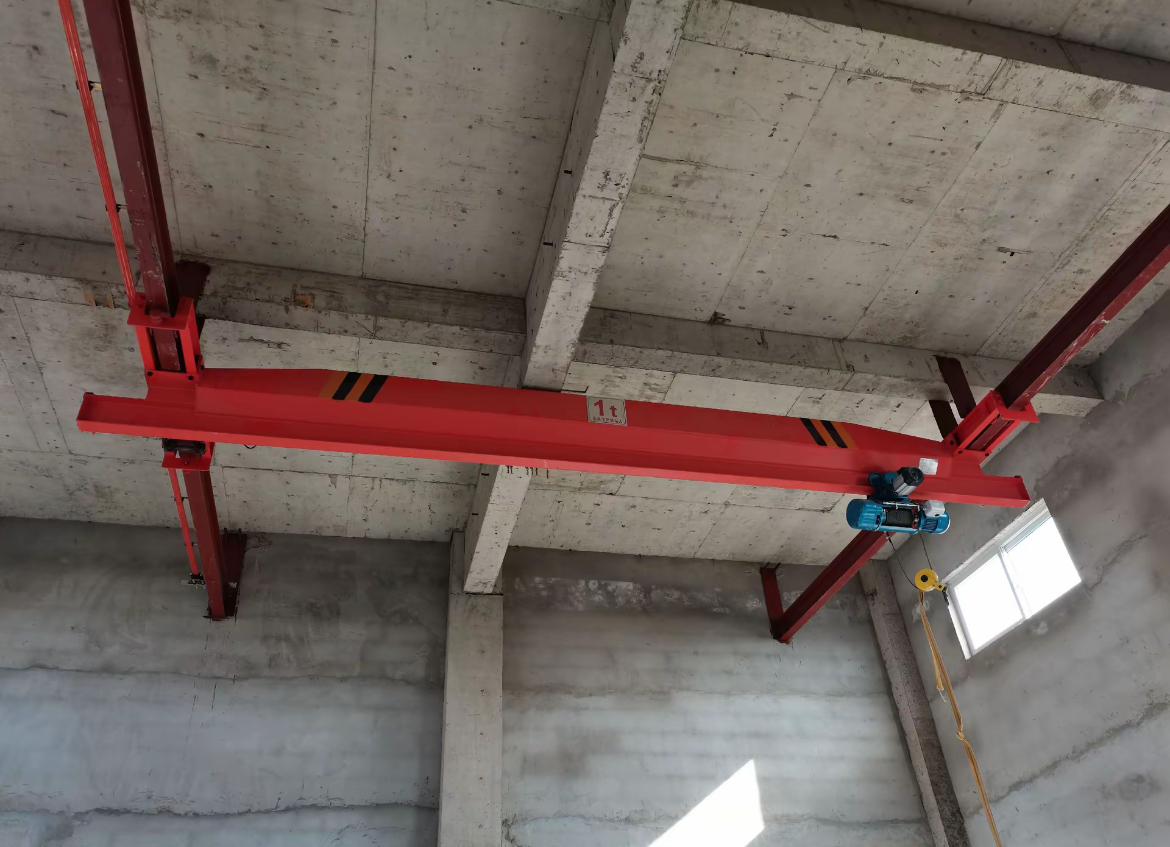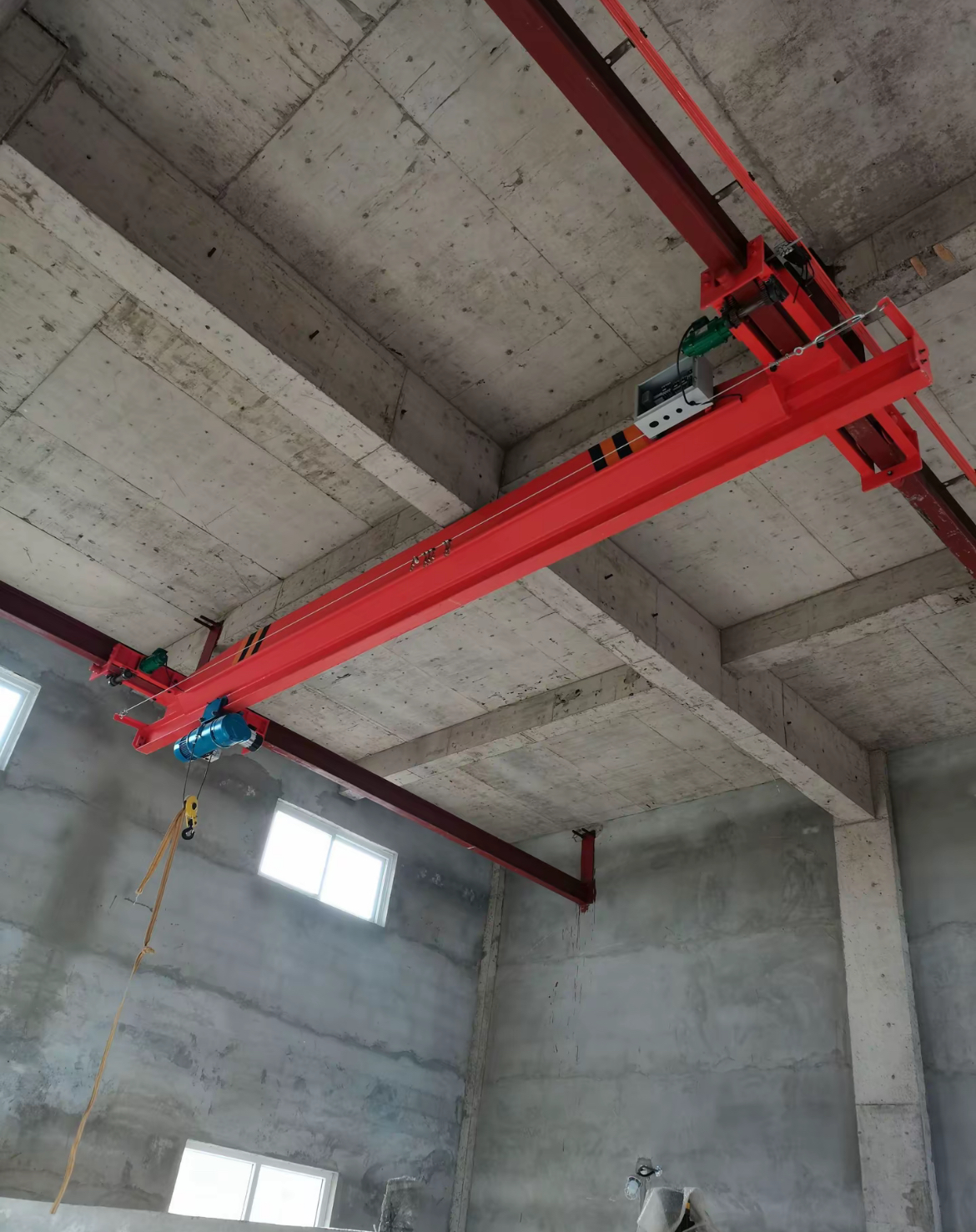Precise Selection: Analysis of the Three Core Parameters for Electric Hoist Overhead Cranes
In industrial material handling and lifting operations, choosing the right lifting equipment is crucial for ensuring safety, efficiency, and cost-effectiveness. Among the various types of lifting equipment available, the electric hoist overhead crane stands out for its versatility and reliability. This type of overhead crane is commonly used in workshops, warehouses, and production areas thanks to its efficient design and functional adaptability. When selecting an electric hoist overhead crane, there are many factors to consider, but the most critical parameters are load capacity, lifting height, and operating speed. These three factors fundamentally determine whether the overhead crane will meet operational requirements and provide long-term value.

Load Capacity: The Core Indicator of Lifting Equipment
Load capacity is the most fundamental parameter of any overhead crane and a critical consideration for all types of lifting equipment. It defines the maximum weight that the electric hoist overhead crane can safely lift and transport. Selecting lifting equipment with the appropriate load capacity requires a clear understanding of both current and future lifting needs. It is advisable to include a safety margin of 10-20% beyond the maximum expected load to account for unexpected situations or future increases in demand. It is also essential to ensure that all components—including the hoist, bridge beam, and runway—are designed to handle the intended load. Overloading an overhead crane or any lifting equipment can lead to equipment failure and safety hazards, making correct load capacity selection a top priority.

Lifting Height: The Key Parameter Determining the Work Space
Lifting height is another vital parameter for an electric hoist overhead crane. It refers to the maximum vertical distance the hoist can lift a load from its lowest to its highest point. This parameter must be carefully matched to the facility’s layout, including ceiling height, the presence of obstacles, and the required clearance for moving loads. If the lifting equipment does not provide sufficient height, it will be unable to perform necessary tasks. Conversely, excessive lifting height may result in unnecessary costs and inefficient use of overhead space. Therefore, when specifying an overhead crane, it is important to optimize lifting height based on actual application needs.

Operating Speed: An Important Indicator Affecting Efficiency and Precision
The operating speed of an electric hoist overhead crane is a composite parameter, mainly including hoisting speed, trolley traversing speed, and bridge traveling speed. The speed directly correlates with operational efficiency—increasing speed can shorten the work cycle, but it also places higher demands on positioning accuracy, operational stability, and safety. For scenarios involving the lifting of precision instruments or fragile items, equipment with good controllability and smooth speed regulation should be prioritized. In high-tempo production lines, operating speed can be appropriately increased to enhance overall logistics efficiency. Good lifting equipment should achieve an optimal balance between efficiency and control.
Conclusion: Systematic Consideration for Optimal Configuration
When choosing in an electric hoist overhead crane, it is essential to consider load capacity, lifting height, and operating speed in an integrated manner. These parameters are interrelated and must be balanced to match the specific requirements of the operation. In addition, other factors such as duty cycle, control mode, and environmental conditions should also be evaluated. Choosing the right lifting equipment involves not only meeting today’s needs but also anticipating future demands. A well-selected overhead crane will enhance operational efficiency, ensure safety, and deliver lasting performance. With the parameters appropriately specified, this type of lifting equipment will become a valuable asset to any industrial operation.


